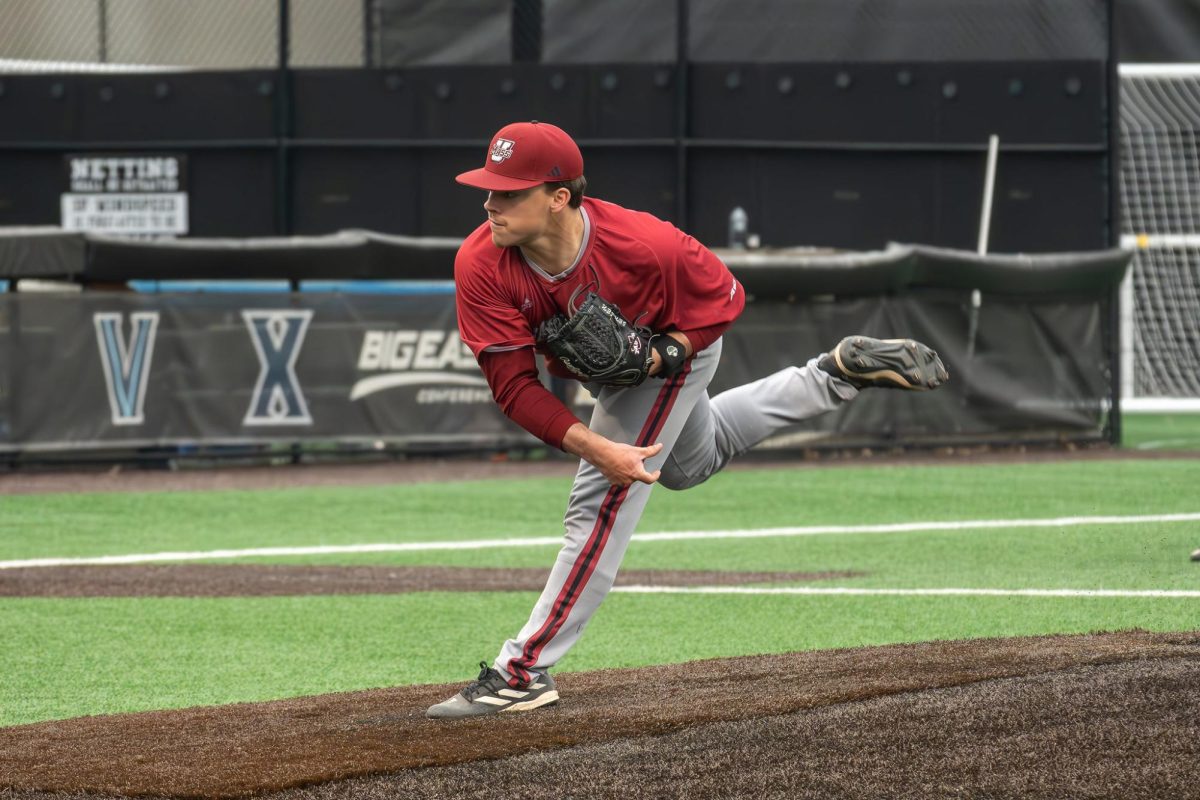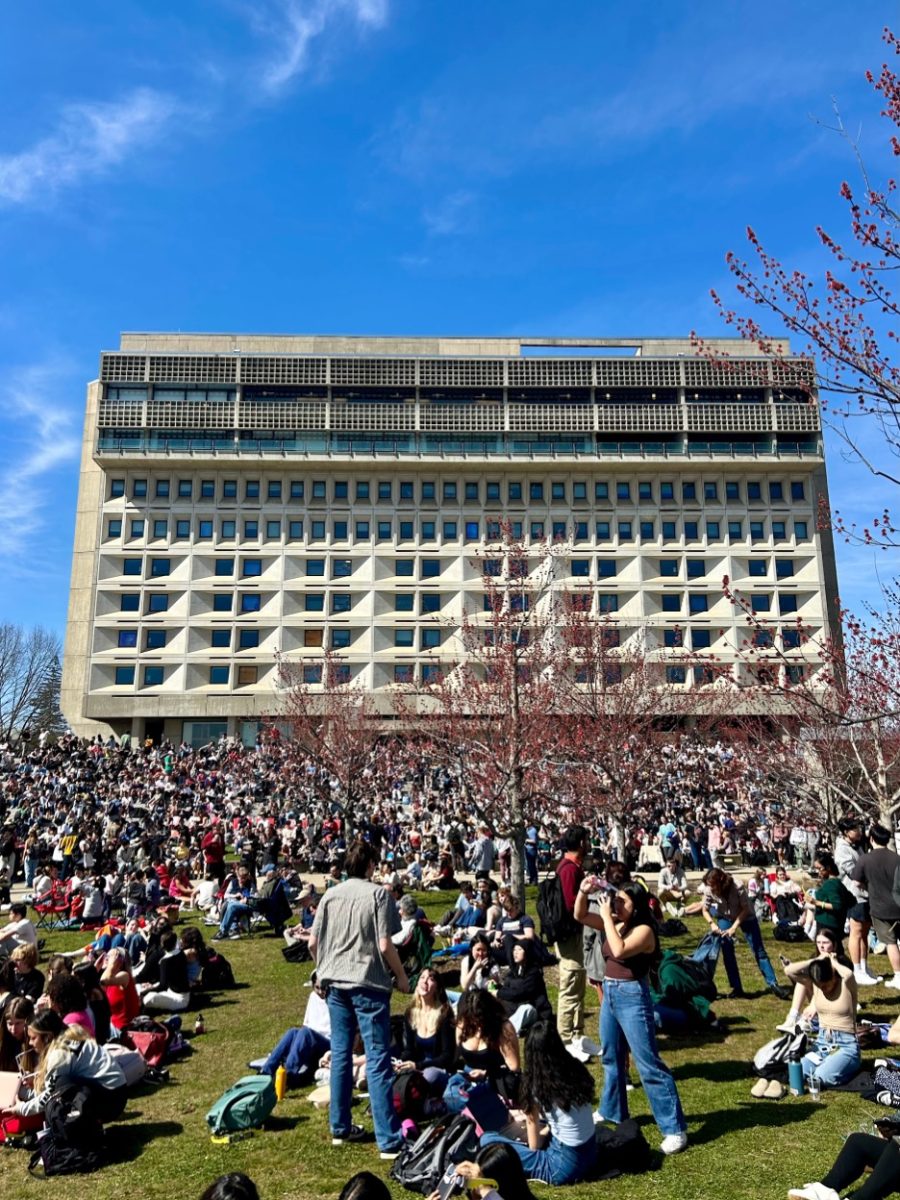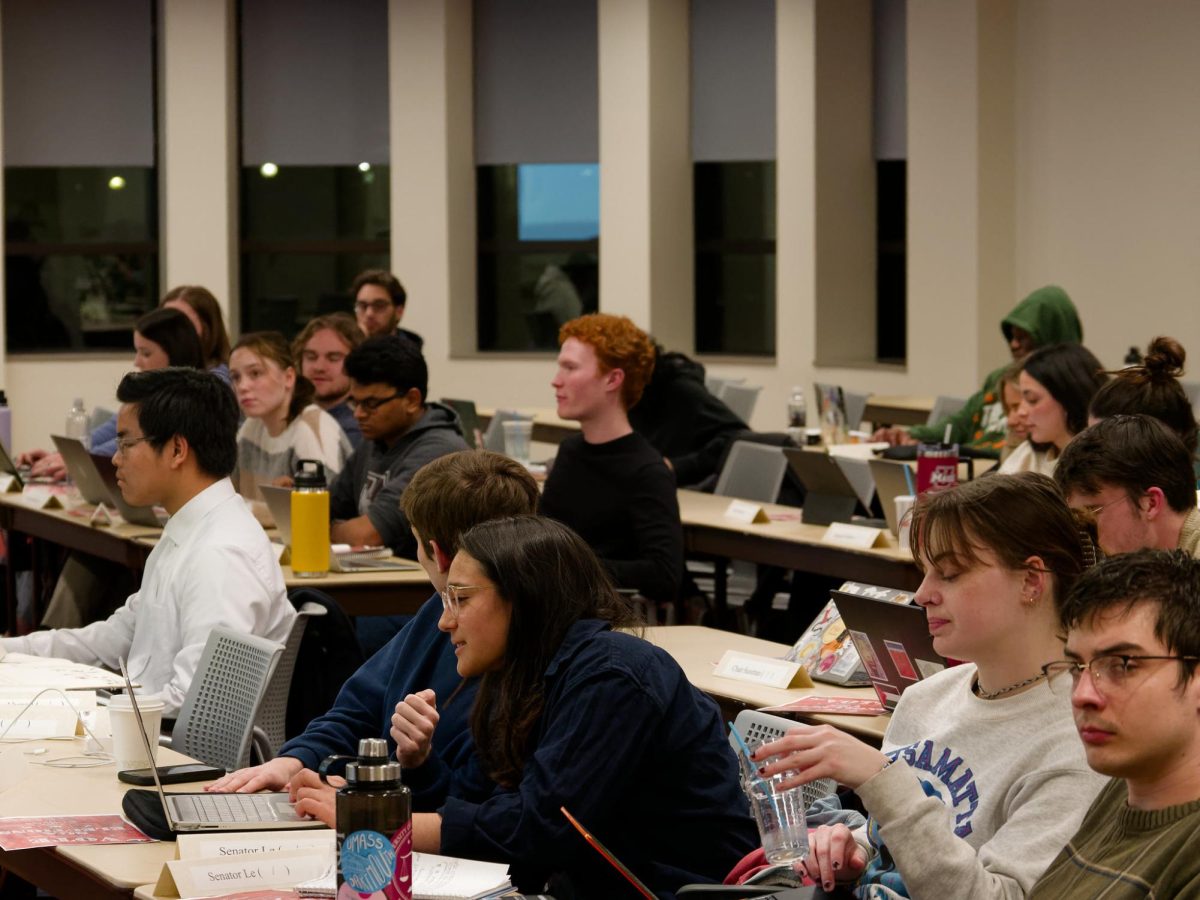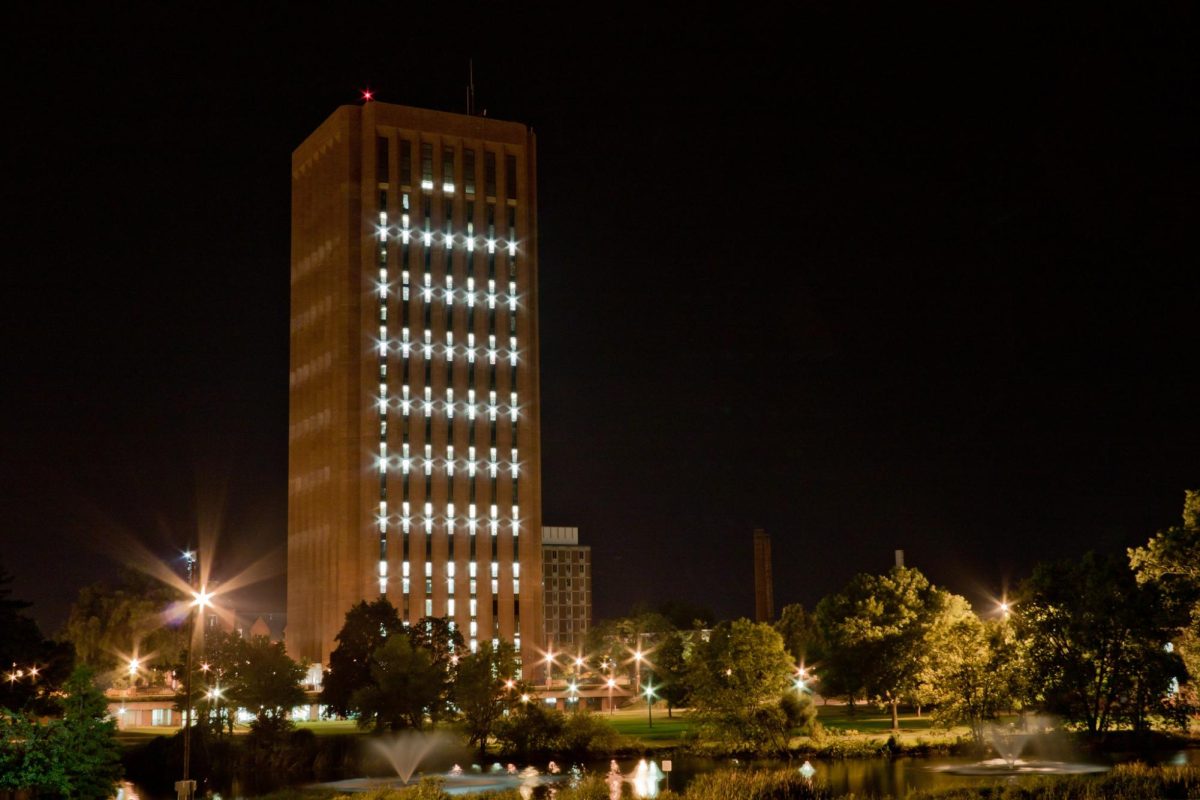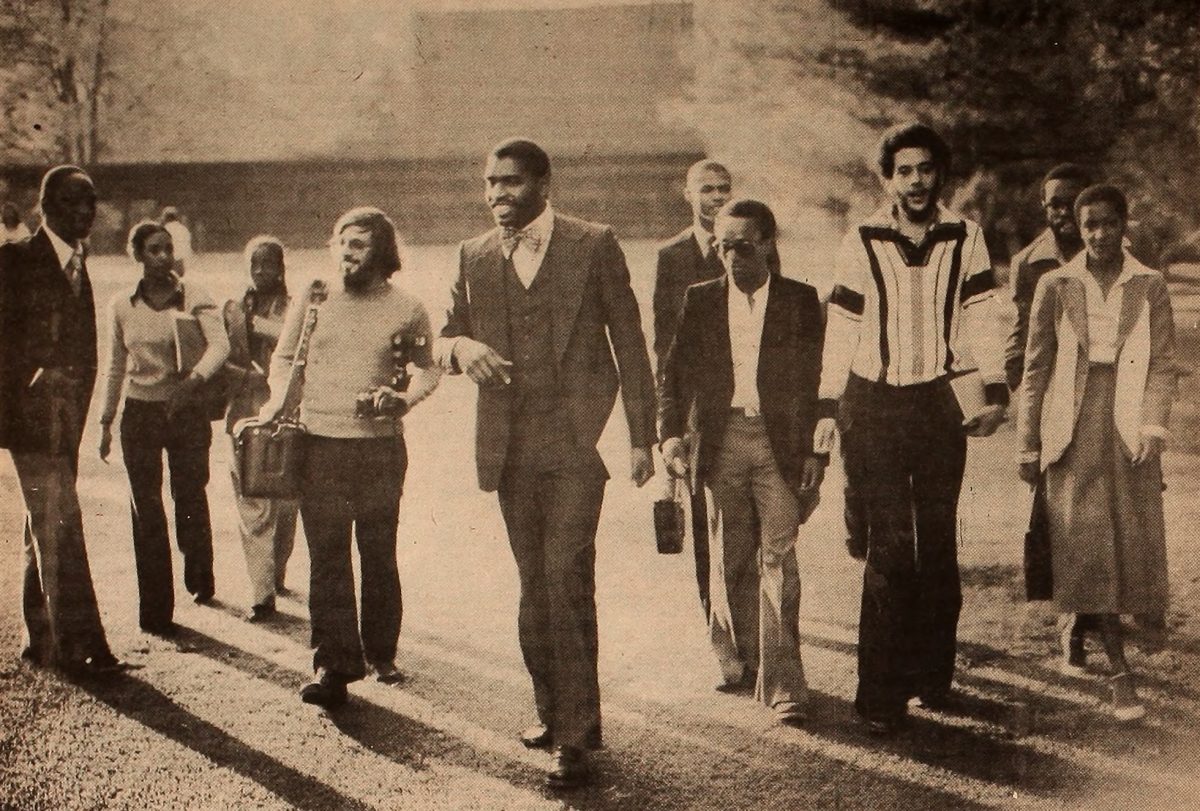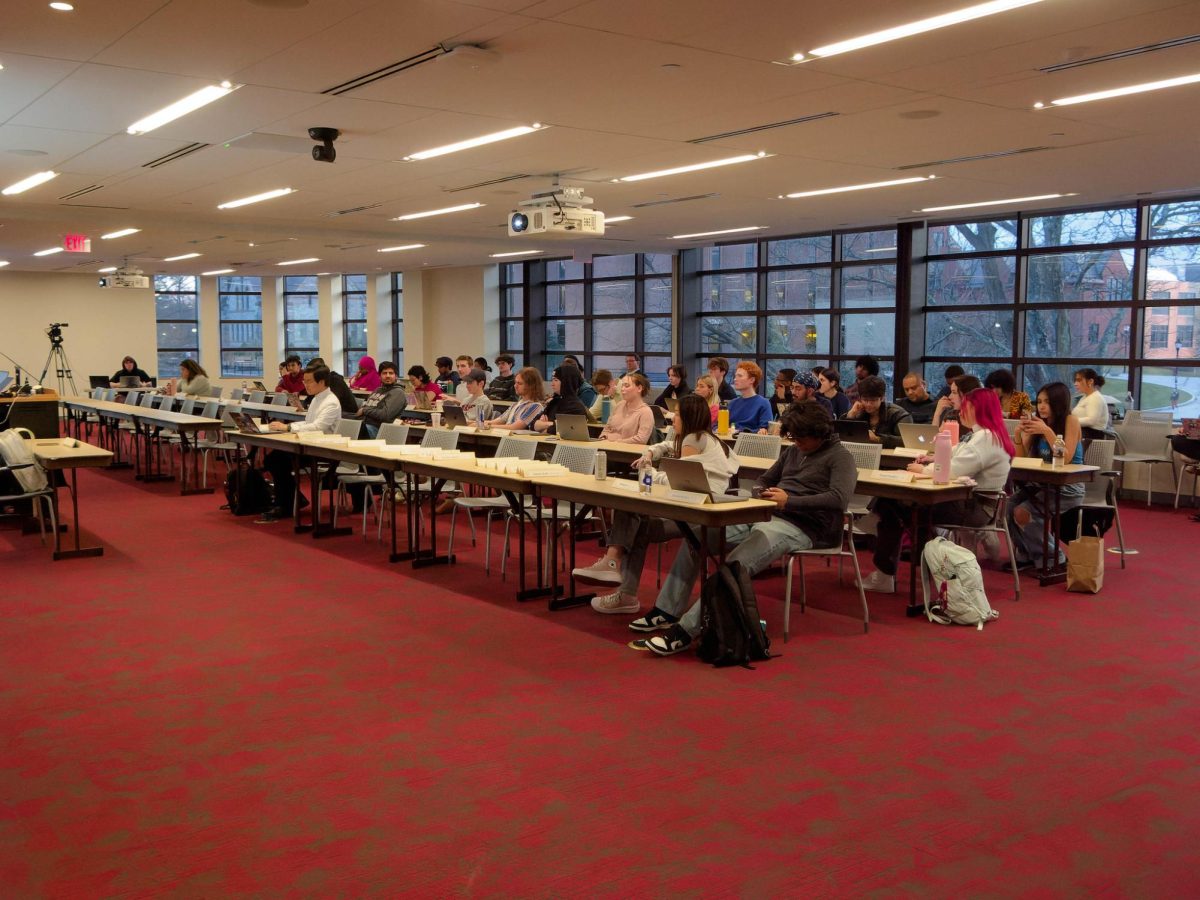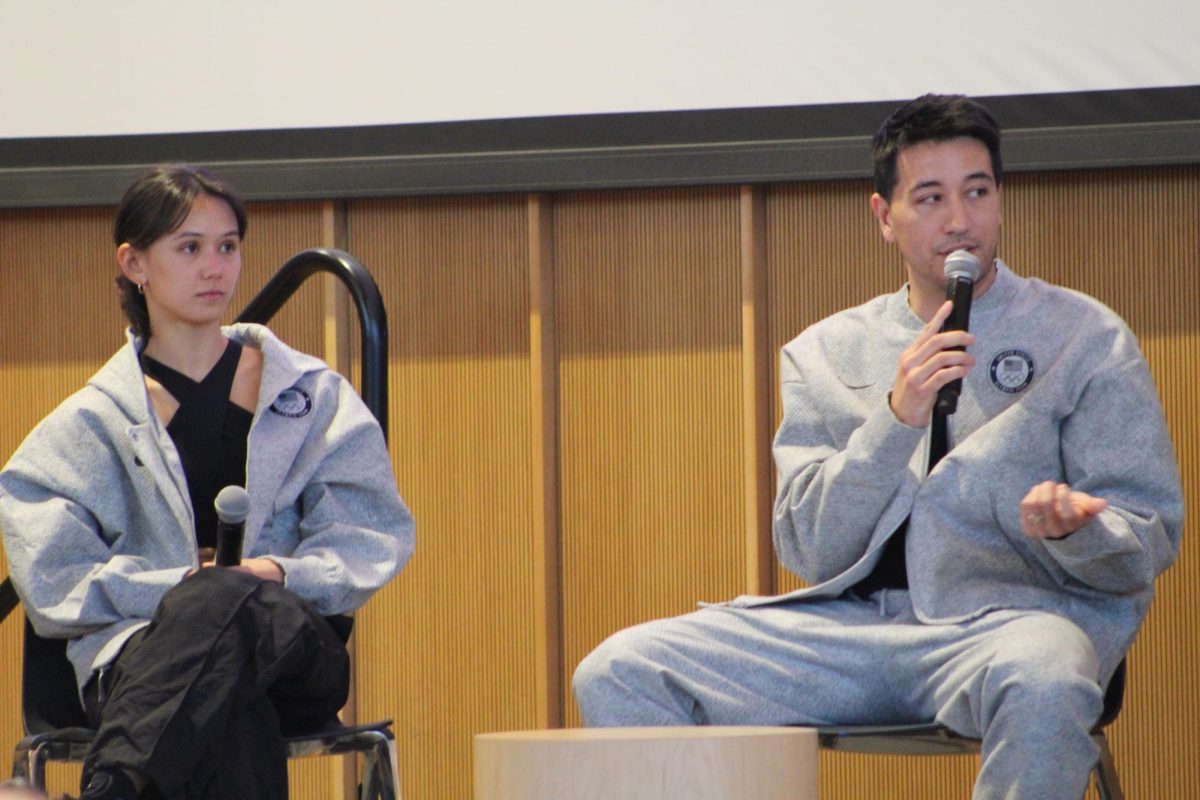
The line for early voting this past Thursday snaked through the hallways of the Student Union at the heart of the campus, a preview of Election Day on November 8. Students are eager to vote in the presidential election and the four heavily-publicized, state-wide ballot questions. Each of the students, however, also has to vote on the two local questions, Question 5 being the more contentious of the two.
The question concerns the building of a new school that replaces two existing facilities in the town of Amherst: Wildwood and Fort River Elementary School. The measure would allow the town of Amherst to increase property taxes in order the pay off the debt incurred by the construction of the new facility.
The measure is required to go to a referendum rather than through the normal legislative process by proposition 2 1/2, a Massachusetts law that sets limits on taxes collected by towns, but can be overridden by town vote.
The vote is expected to have implications that will spare the life of the new school facility and consequences that will long outlive most students’ time here in Amherst.
And yet, the student vote is highly influential, made evident by the dozen or so campaign volunteers who were eager to sway students outside the campus’ early polling location. Each handed out literature arguing their cause.
Advocates of Question 5 argued the poor condition of the existing schools. According to pamphlets distributed by the “Yes on 5 Campaign” the schools have an, “almost 50-year-old mechanical systems, leaky roofs and mold problems and half walls [that] create noisy and distracting classroom settings.”
The campaign contended that passing the ballot initiative would end these problems. Failing to do so would cause the town to, “lose its approval for state funding” and “lose millions as interest rates and construction costs continue to rise.”
The opposition campaign argued that the question would cause, “the loss of small neighborhood schools” and “long bus rides for kids and more traffic downtown,” according to pamphlets distributed by the “No on 5 Campaign.”
The campaign characterizes Question 5 as, “bureaucratic convenience over best educational practices.” Likely to affect students, however, is the campaign’s concern over the, “hundreds of dollars in additional property taxes each year,” which could easily manifest itself as higher rents.
Students who will likely not be in town to reap the benefits of a long term policy decision, like building a new school, nonetheless have a heavy say in whether such policy is implemented.
University of Massachusetts Assistant Professor Rodrigo Zamith, an Amherst resident, spoke to this concern explaining that although he thought it was a good thing students register and vote in their college town, questions like this one can play into a negative relationship between the townspeople and students. Zamith stated, “Resentment would be a fair term to use” when describing how many in his community felt about students getting to vote on this town policy.
He stressed that the primary concern was not that students had a conflict of interest with the citizens of Amherst; rather they might be uninformed about town policy debates. Students are engaged with their own campus community and are unlikely to have as strong an interest in the town’s primary education system.
The members of each campaign worked to combat this perceived lack of information for student voters. Though each campaign disagreed on policy, they were united in their high regard for the student voters they spoke with.
Kathleen Traphagen, former Amherst school committee member and member of the “Yes on Question 5 Campaign,” explained, “students stop and talk and ask really interesting questions, not only to me but to the other side. They let everybody say their part.”
Marla Jamate of the “No on 5 Campaign” added, “students seem very concerned with the questions and the wellbeing of the children in the town.”
However, each side did concede that despite the engagement with students they spoke to, most did not know much about the ballot question before they were intercepted by the campaigns on their way to the polls.
“[They] have no idea. They might not even know there is a Question 5,” Traphagen said.
Both campaigns have promised to be reaching out to voters on and leading up to Election Day, and hope to have a large presence outside polling places this Tuesday, providing an invaluable resource for student and other voters curious about the contentious measure.
Noah Kouchekinia can be reached at [email protected].


